Following the fateful historical events of World War II, a visit to Nagasaki naturally follows one to Hiroshima.The fate of this city from Japan was no better and the second atomic bomb was dropped there, leaving behind the same devastating consequences.
However, Nagasaki was able to recover and today, many decades after its worst nightmare, it is a green and cheerful city that offers the traveler much more than memories and tributes to its victims. Stay and take a look at this guide if you want to know what there is to do and if you are interested in both a cultural and historical visit.
On August 9, 1945, time seemed to freeze in Nagasaki at exactly 11:02 a.m. Just three days earlier, the Enola Gay had devastated Hiroshima, leaving the Japanese population in profound shock.
This time it was the Bockscar bomber, piloted by Charles W. Sweeney, that dropped the bomb. It was called Fat Man, and exploded 500 meters above the ground.
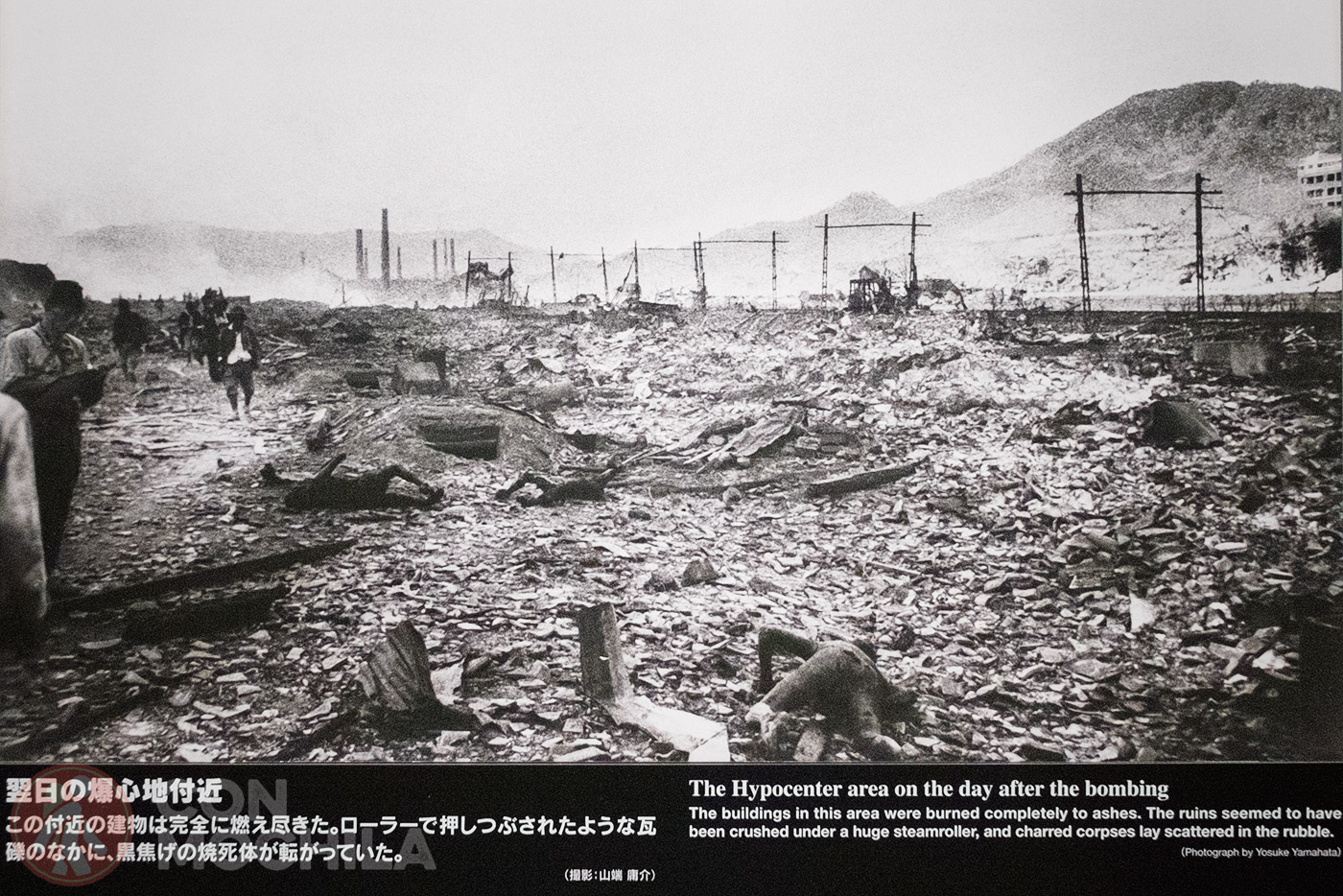
Tens of thousands of people lost their lives as a result of the explosion, a warning of what awaited the Japanese people according to the American president… Japan’s surrender came five days later.
Although there are so many things to see and do in Nagasaki, you must go there to find out first-hand what happened, and how the Japanese people dealt with the tragedy that was the explosion of the second atomic bomb in their country.
Seven decades later, the city remembers the catastrophe and its victims through a collection of museums, parks and statues.
Nagasaki is located on Kyushu Island and experiences a humid subtropical climate with four distinct seasons, with cold winters and hot summers. Being close to the sea, the climate and humidity can also affect the temperature.
Below is a list of what the weather is like in Nagasaki by season so you can decide when is the best time to visit this Japanese city:
European citizens, along with those from many other countries, do not need a visa to visit Japan for tourism purposes. You can find detailed information in the previous link regarding the requirements for obtaining the stamp that allows you to up to 90 days.
It goes without saying how important it is to travel to Thailand with a good insurance. We were the first ones to offer the famous 5% discount on IATI Insurance, but you also have it available with Heymondo Travel Insurance.
Follow the links below to get a discount on their website:
While many hotels, guesthouses, and restaurants in Japan offer free Wi-Fi, some travelers prefer or need a constant connection.
We’ve included details on obtaining a eSIM Japan card and make the most with its affordable prices. Now also with information about eSIM Japan with unlimited data.
Nagasaki International Airport (NGS) is one of the main gateways to Nagasaki, connecting to cities both in Japan and abroad. Alternatively, you can fly into Fukuoka Airport, which is about a 2-hour train ride from Nagasaki.
The train is the usual way to get to Nagasaki from almost any city and the transport chosen by most people (you already know that with the Japan Rail Pass you can save a lot of money).
Some bus companies operate long-distance services from various cities to Nagasaki. These trips may take longer, but are an option if you prefer the bus.
To get to Nagasaki from Tokyo, the most recommended option is by plane, with a flight time of just over 2 hours.
Osaka is located about 770 km from Nagasaki, which would be about a 10-hour drive. A good option is by plane, but if you like to travel more slowly, you can look for train connections.
Osaka is located about 340 km from Hiroshima, a little less than 2 hours depending on the train you take. In addition, the two cities are connected by regular bus lines. If you take the bus, the time may vary depending on traffic.
LA visit to the Atomic Bomb Museum is a must. This museum aims to make history known so that we understand it and, above all, so that we do not forget it. There is an exact reproduction of the structure of the bomb where you can see how it was built, with explanatory murals showing the extent of the bomb, and you can also see various broken clocks that stopped working at 11:02.
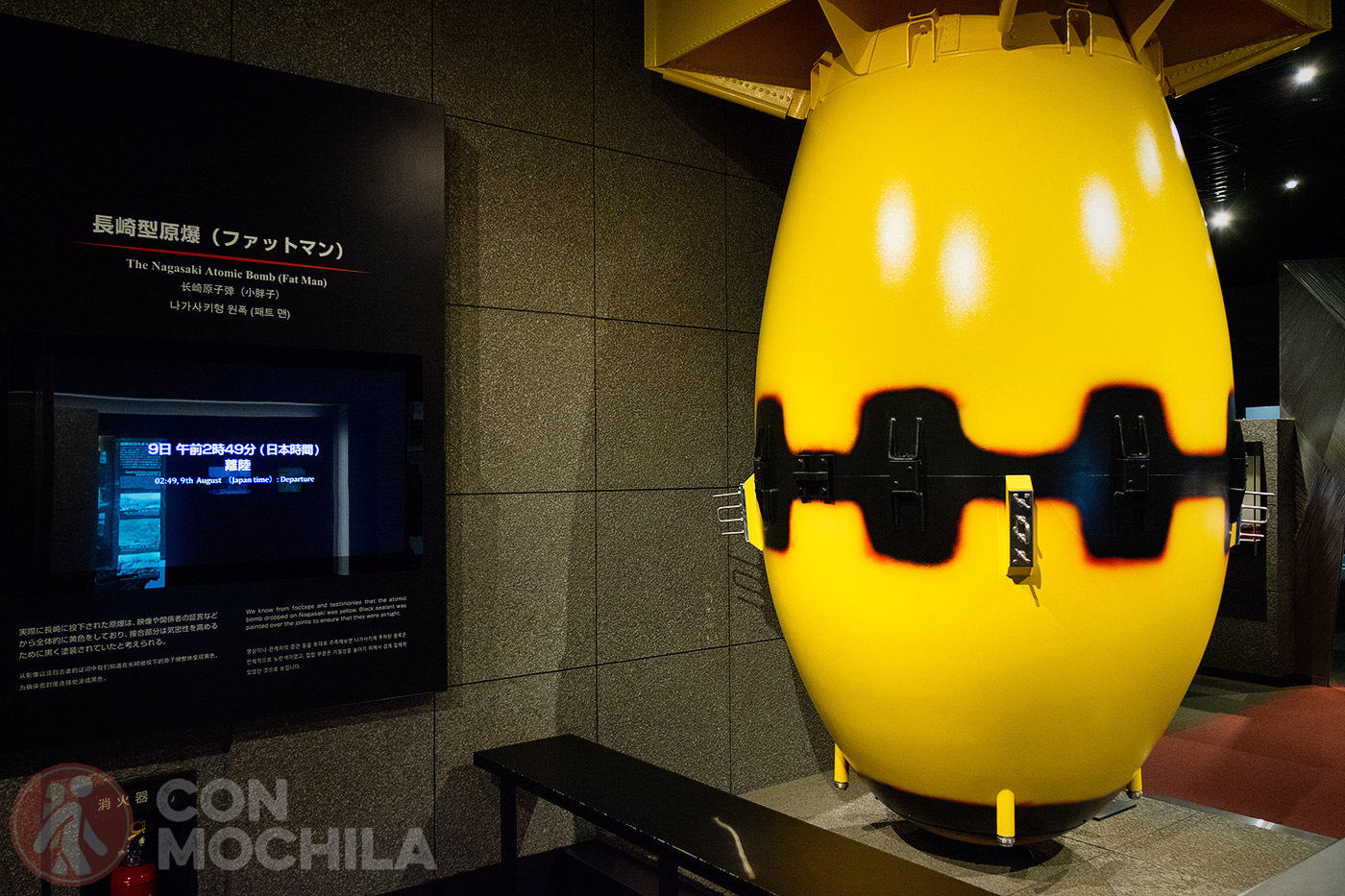
Right next door is the Nagasaki National Peace Memorial Hall for the Atomic Bomb Victims, designed by architect Akira Kuryu.
The exact spot where the bomb exploded is located in the hypocenter park. A black cenotaph marks the very center and the circles around it resemble a shock wave. A few meters away you can see the remains of the Urakami Cathedral; a piece of wall that shows the devastating power of the atomic bomb.
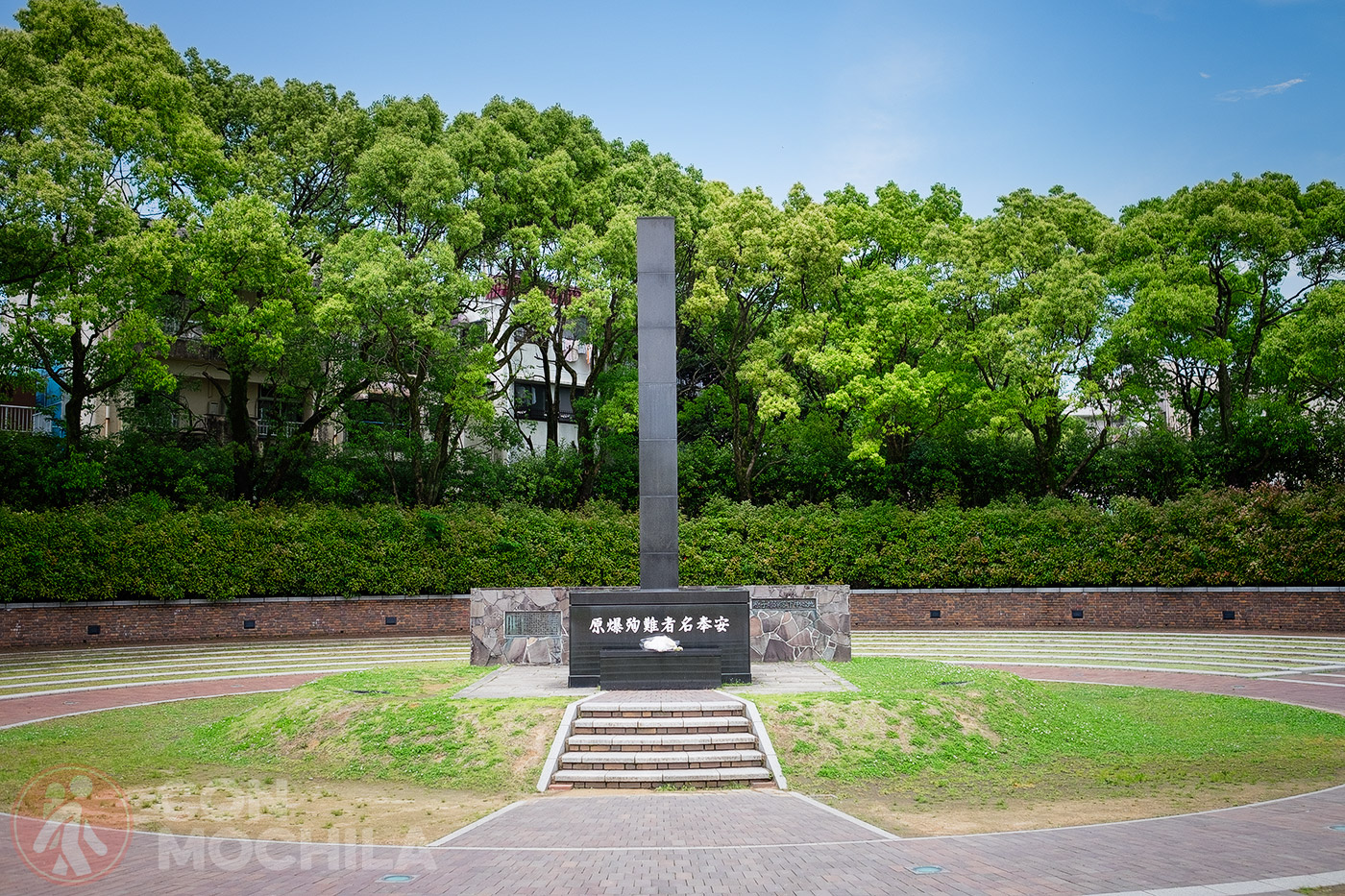
It’s not aesthetically impressive, but being there and imagining what happened decades ago is simply chilling.
The Peace Park, created in memory of the victims and as a call for world peace, is a green area filled with memories that are impossible to erase. Among many sculptures dedicated to harmony, are the statue and the fountain of peace.
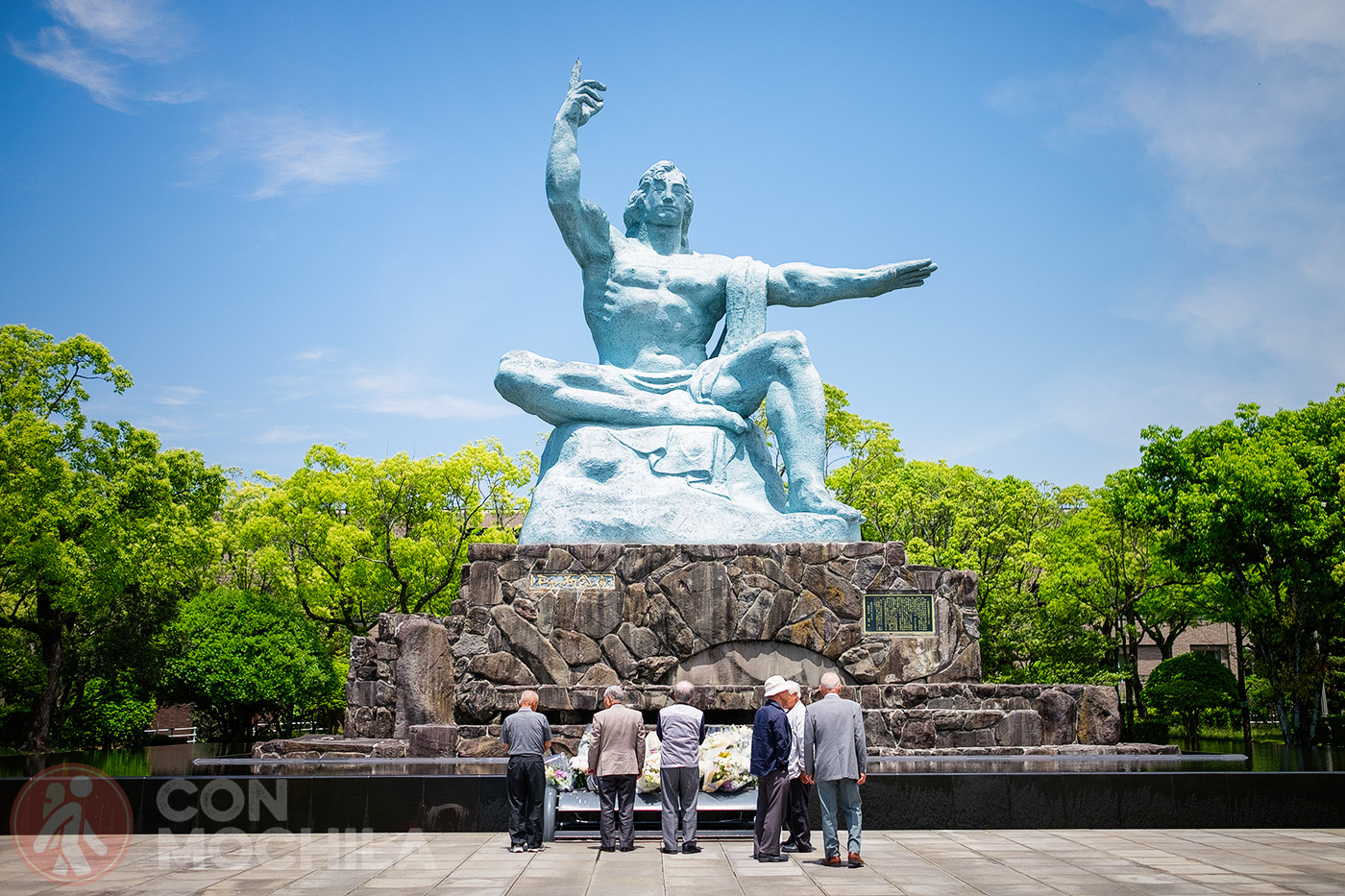
The first is a bronze sculpture created by Seibo Kitamura. It displays a human figure with one hand pointing to the sky warning of the threat of the bomb, and the other extended out symbolizing eternal world peace.
The Peace Fountain was built in memory of the people who searched for water to drink after the explosion.
As well as describing everything to do that is related to the atomic bomb, below there is also a list of what else to do in Nagasaki. It is a city full of parks and temples, perfect for relaxing by taking long walks and slowing down the frenetic pace of the trip.
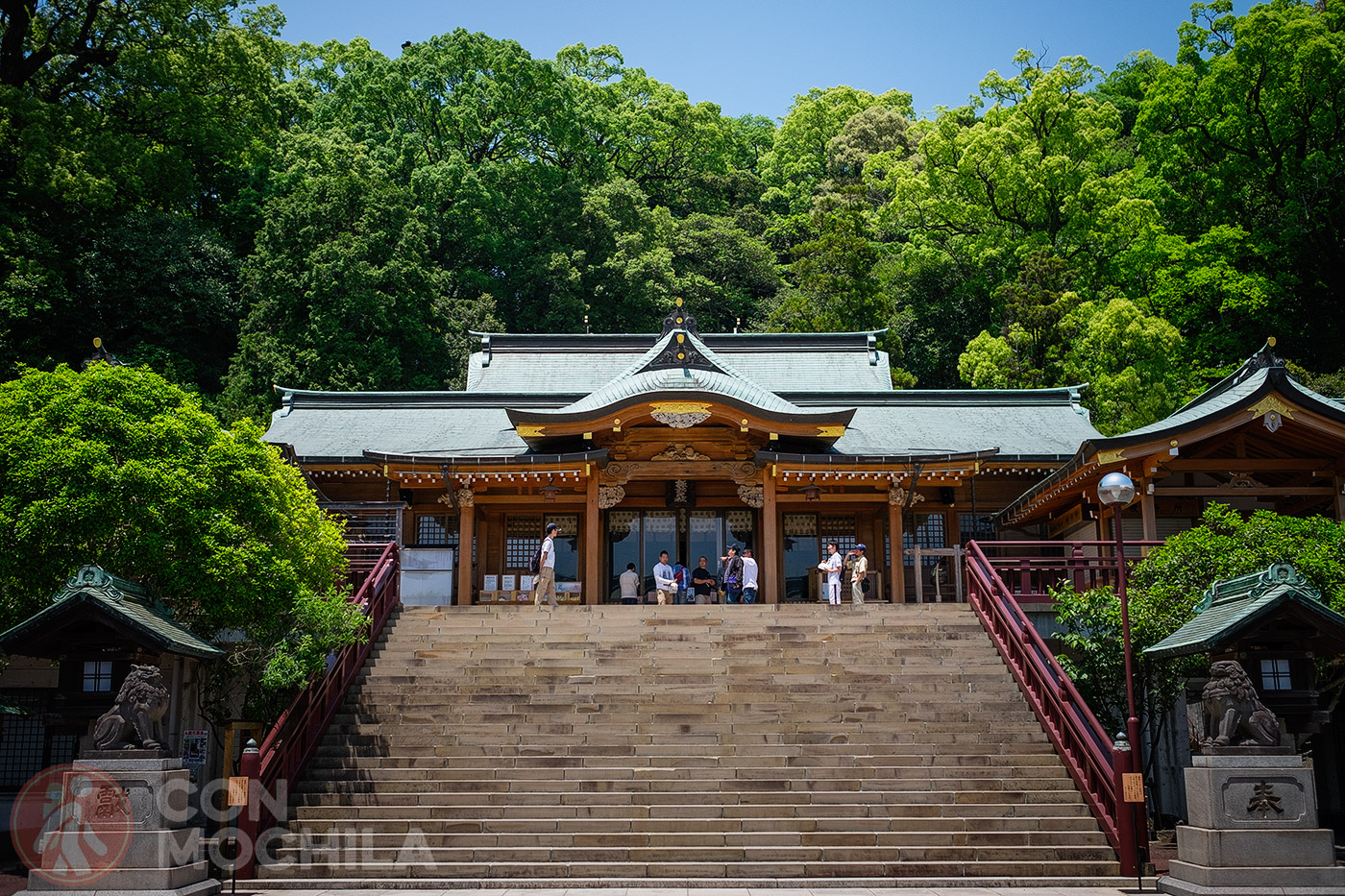
At the foot of Mount Tamazono-san lies the Suwa Shinto shrine, built in an attempt to stop the spread of Christianity. It was burned down by Christians and rebuilt in 1625. Access to it is via a huge stone staircase. The Nagasaki Kunchi festival takes place here.
On the quiet Teramachi Street and surrounding Kazagashira Park there are a number of small and medium-sized temples where one can spend a good while. Sofukuji, a Chinese Zen temple, is perhaps the most striking, but there are many others: Daion ji, Kotai ji, Enmei ji, Joan ji, Sanbo ji.
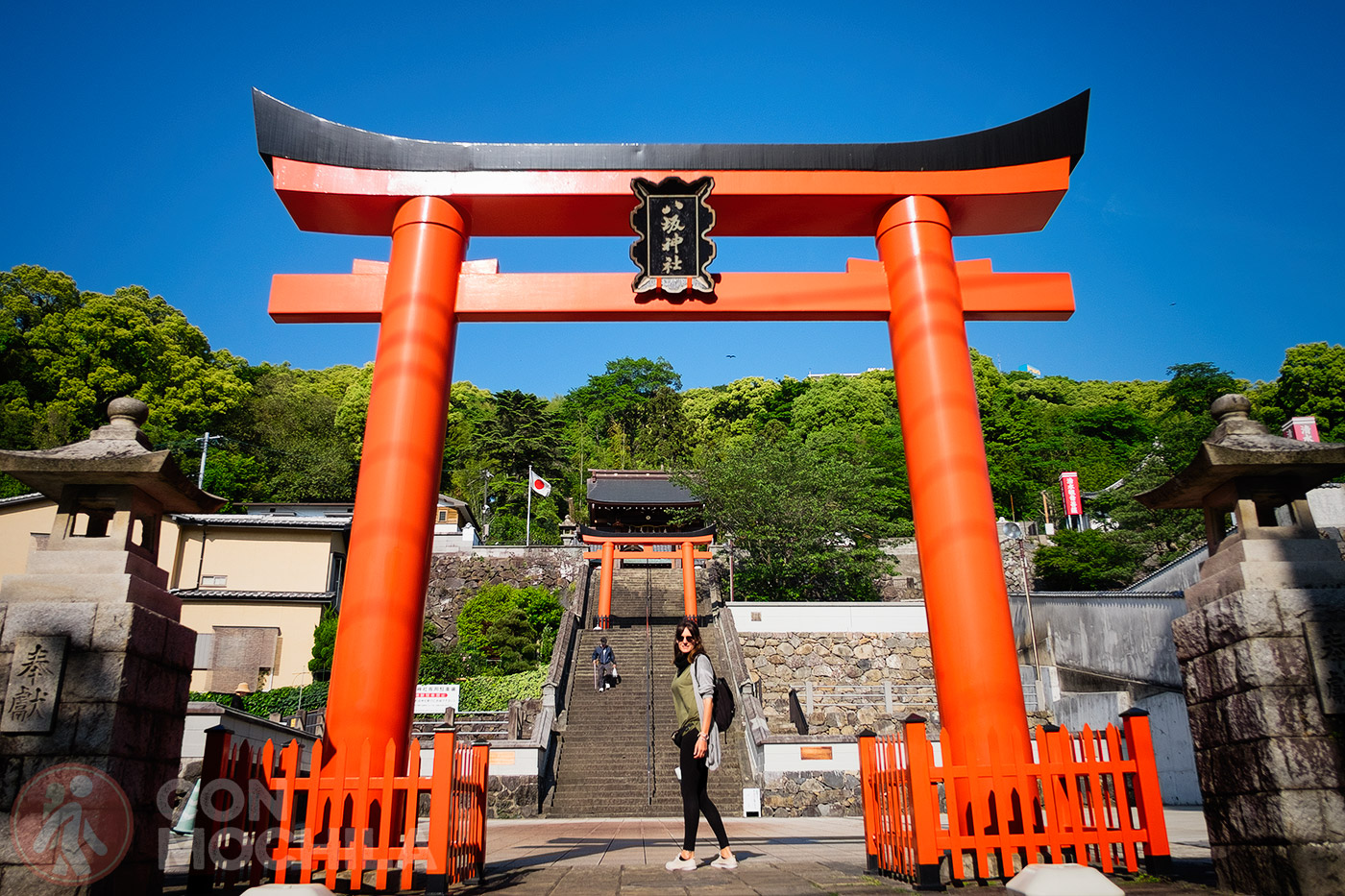
Nagasaki is a perfect destination for long walks, one of the best places without a doubt is the entire area that accompanies the Nakashima River as it runs through part of the city.
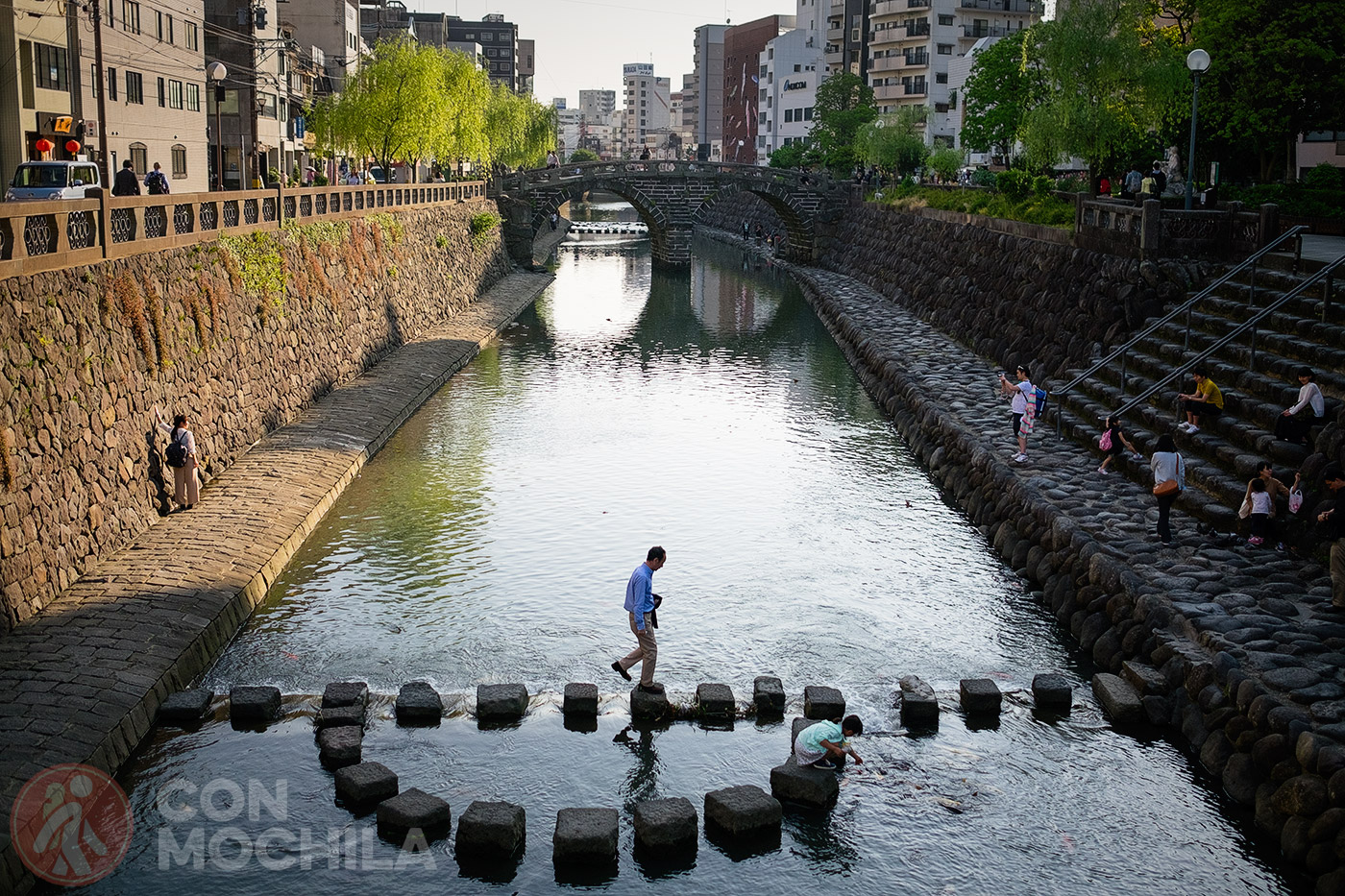
Dozens of stone bridges cross the river: Furumachi-bashi, Ichiran-bashi, Amikasa-bashi… pay them a visit if you’re tired of all the sightseeing and all you feel like doing is walking.
Chinese merchants and sailors who arrived in Japan from the 15th to the 19th century did so through Nagasaki, which was the only open port during the era of isolation. Today, its Sinchi Chinatown, the oldest in the country, is a commercial district with many shops and restaurants.
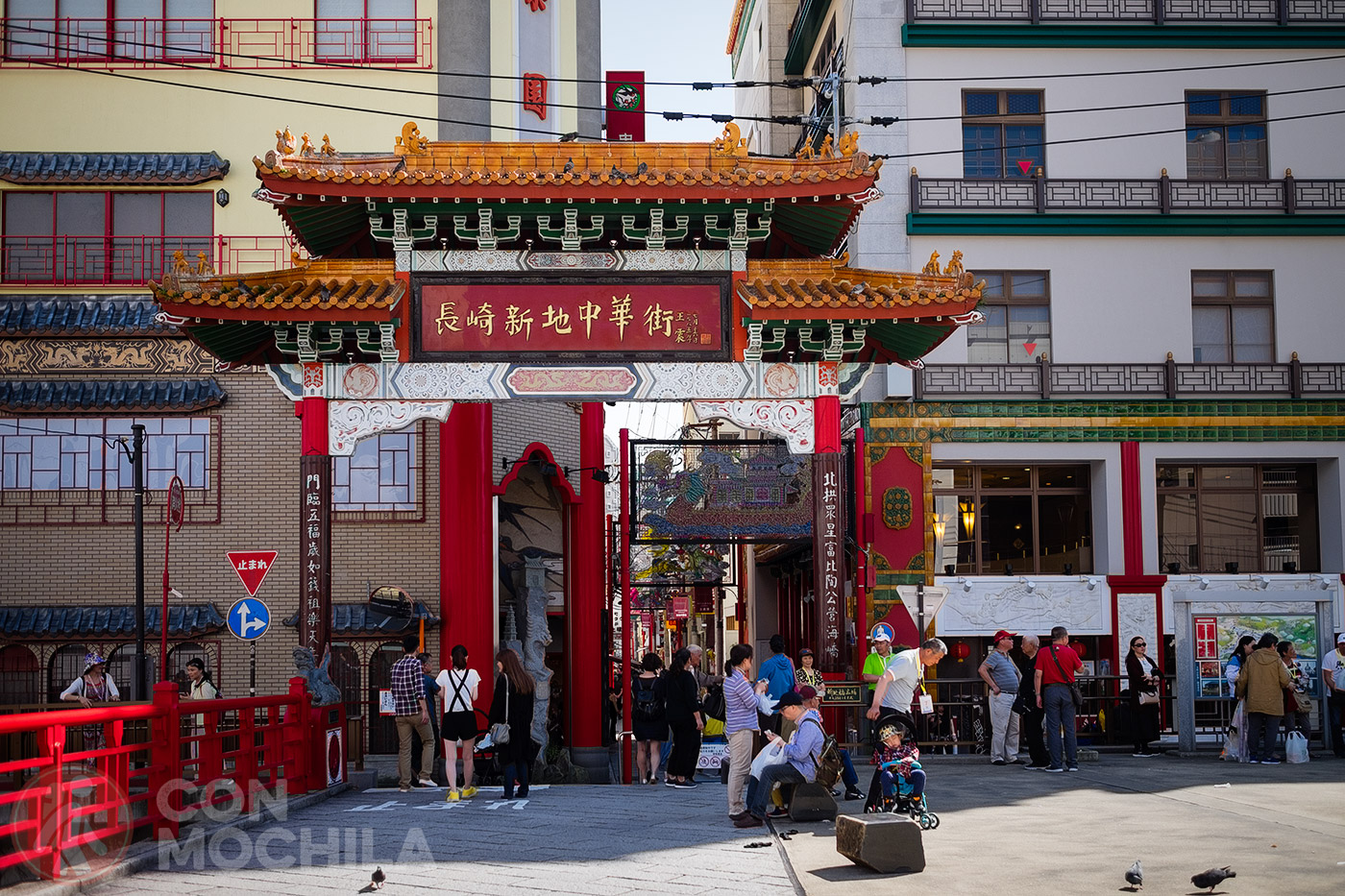
During the Chinese New Year the neighborhood celebrates the Nagasaki Lantern Festival.
Urakami Cathedral, built by the Christian community of Japan, is a replica of the original that was completely destroyed by the atomic explosion. The new one preserves some statues from the old Catholic cathedral, which was the largest in East Asia and was only 20 years old when the bomb devastated Nagasaki.
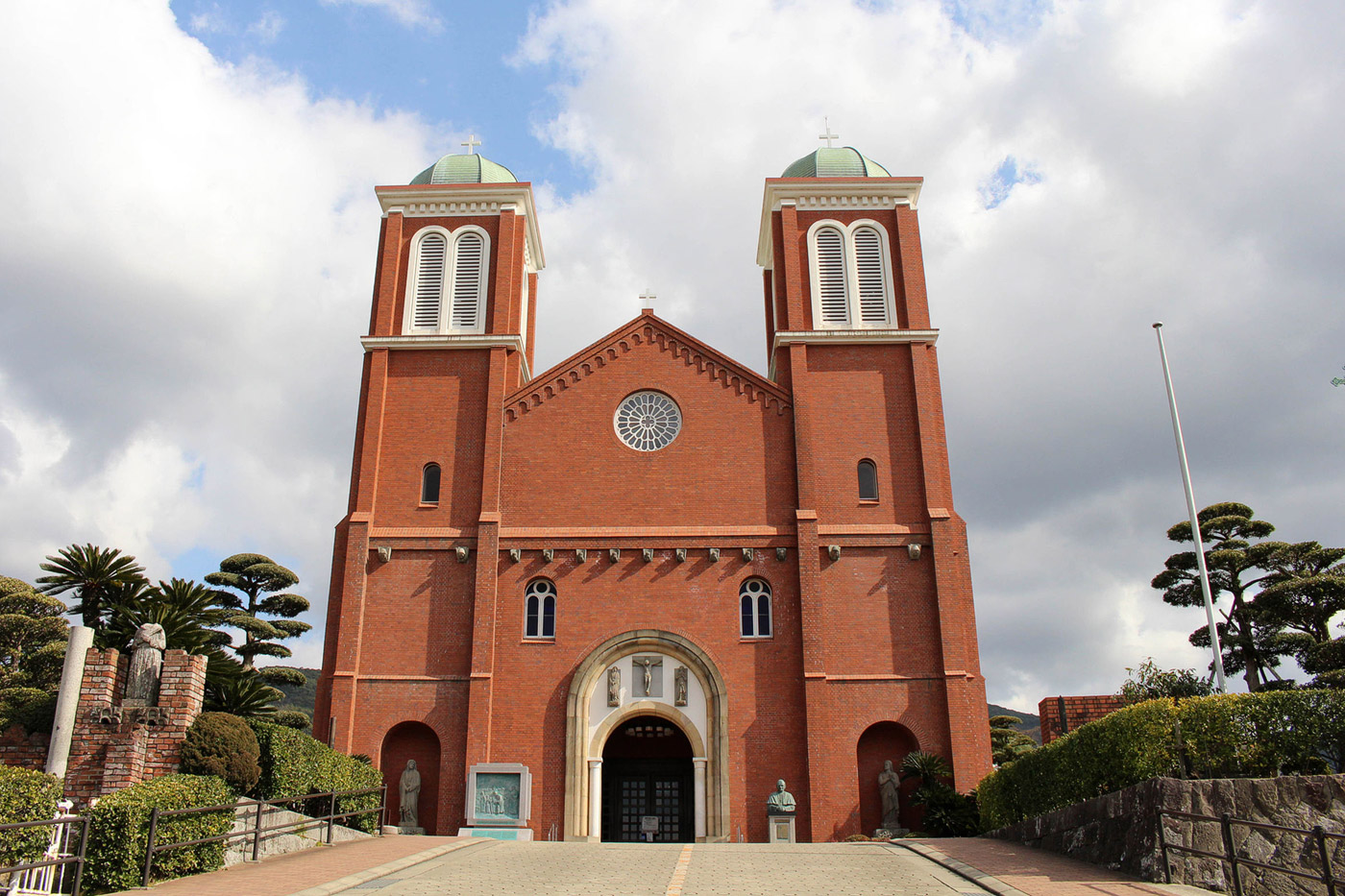
If you want to know a little more about Nagasaki, you can visit the modern Museum of History and Culture in Tateyama. It is a two-story building where you can learn more about crafts, the city’s traditions, trade, and the isolation to which the city was subjected during the Edo period.
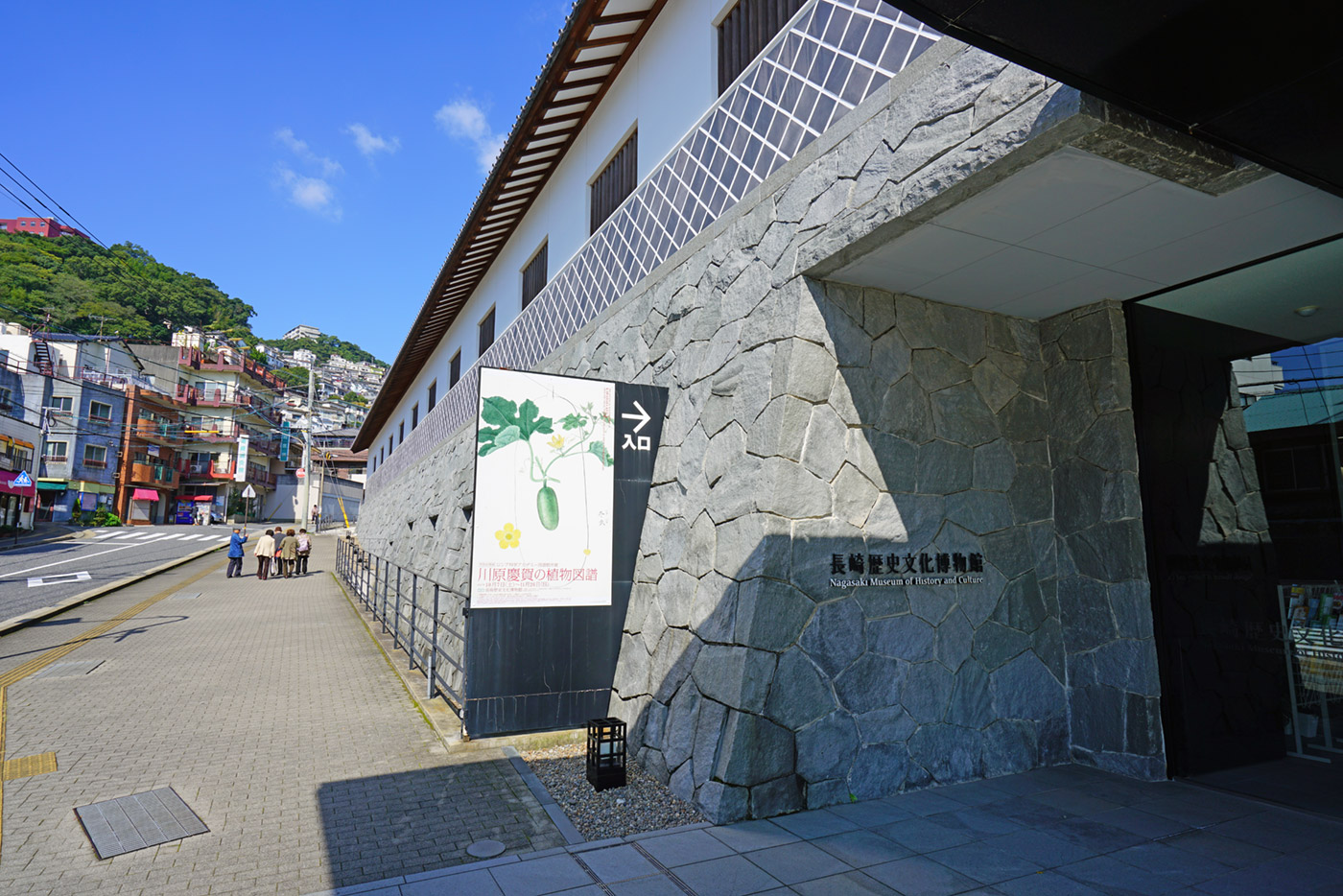
If you want to know a little more about Nagasaki, you can visit the modern Museum of History and Culture in Tateyama. It is a two-story building where you can learn more about crafts, the city’s traditions, trade, and the isolation to which the city was subjected during the Edo period.
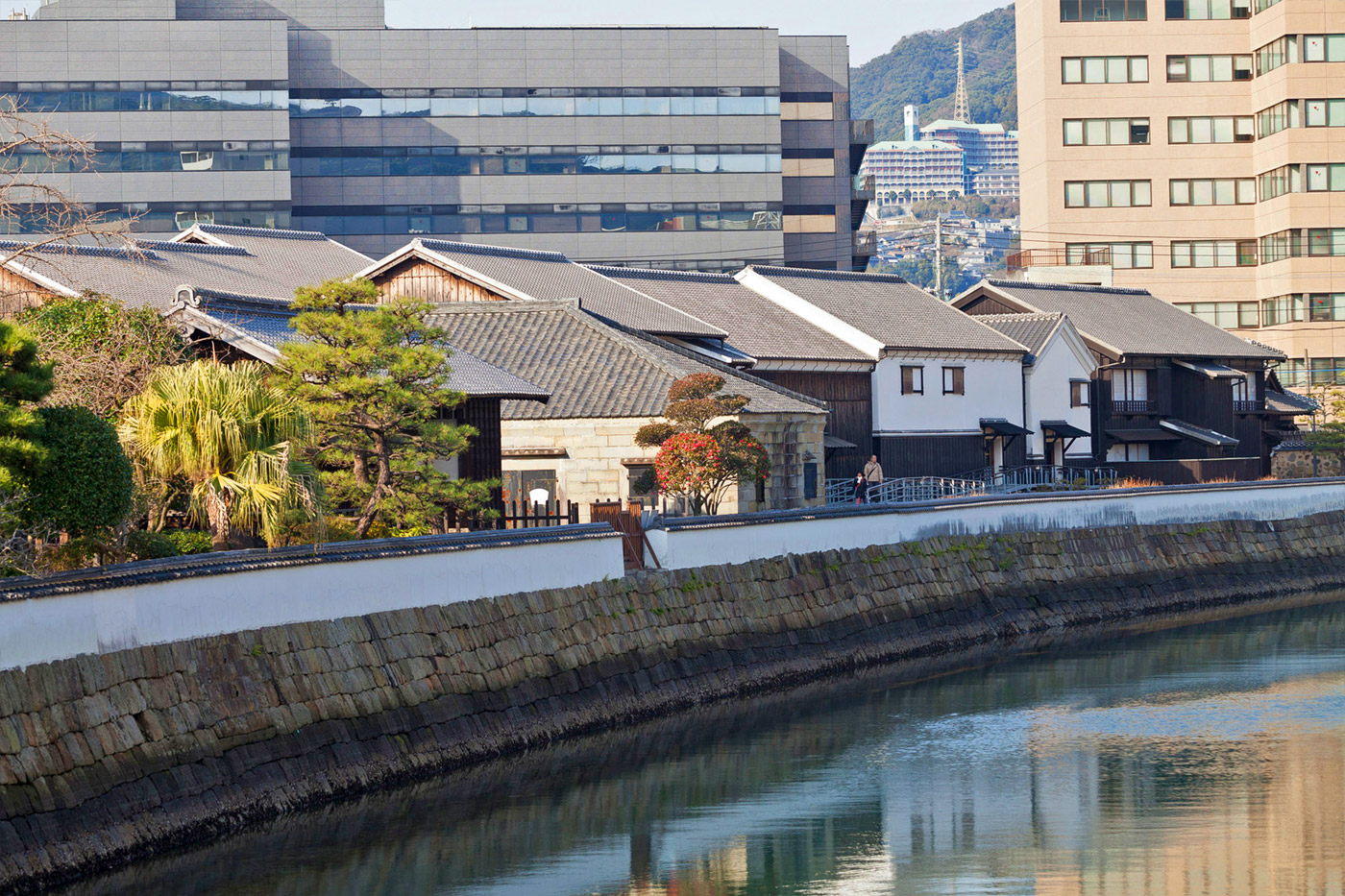
The torii of the Sanno shinto shrine partially resisted the atomic bomb, with only the part furthest from the hypocenter remaining standing after the explosion. As a reminder, it was decided to leave it as it was, and today it still stands and is photographed by travelers arriving in Nagasaki.
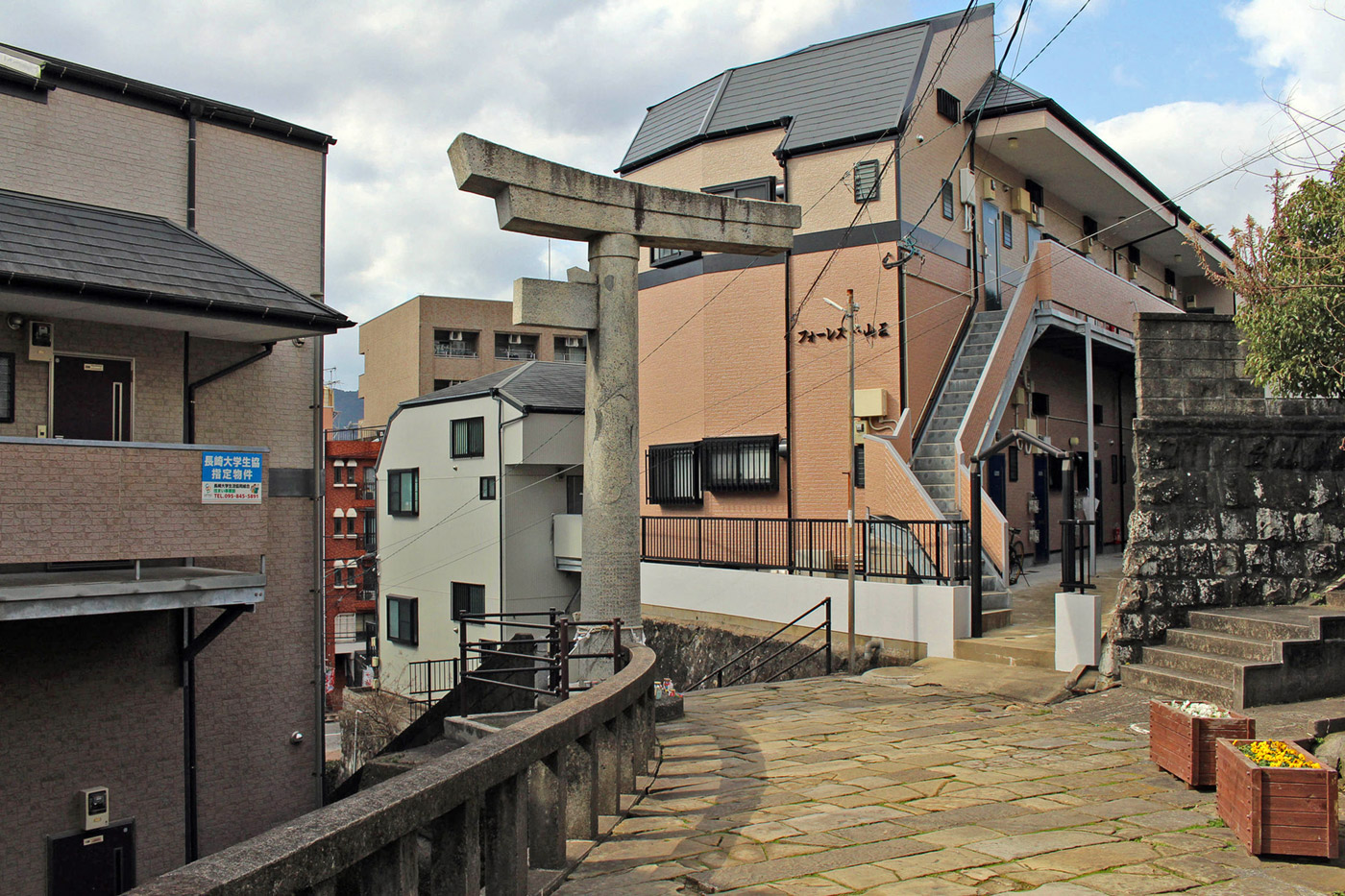
On this panoramic tour of Nagasaki you will discover the crucial role of this city during World War II. You will spend half a day visiting the Peace Memorial, the Atomic Bomb Museum and the beautiful Glover Gardens, as well as discovering the mix of cultures in several buildings built during the Meiji period.
Another option is the Nagasaki Heritage Trail tour, where you will explore cathedrals, bridges and Fukusaiji, showcaising Nagasaki’s rich history and culture.
About 20 km from Nagasaki, you can visit the eerie island of Gunkanjima, or Battleship Island. This island is a UNESCO World Heritage Site and went from being heavily populated to being completely abandoned. The tour includes a boat ride and access to the island and lasts about 3 hours.
This walking tour of Nagasaki’s historic center with a local guide starts at Teramachi Temple Street. From there, you explore several temples, such as Sofukuji and Kofukuji Temple. Having a local guide is a great way to get to know the city.
Hanami is the Japanese practice of cherry blossom viewing. With this tour, you can take part in this beautiful way of seeing nature. The Nagasaki historical charms and seaside view tour begins at the Atomic Bomb Museum and continues with a walk through the park and along the Nakashima River. A traditional Japanese picnic is also included. Please note that this tour is only possible during spring.
Continuing with the usual Japanese trend, the treatment and service at the Akari hostel was unbeatable. At this accommodation they offered us help from the first moment, they explained everything we could see in Nagasaki, and they gave us maps. It is a hostel with rooms with bunk beds, a shared bathroom and a common area with a kitchen where you can prepare hot drinks and basic food for breakfast.
It is a very simple but impeccable place. One of the workers taught me how to make origami cranes so that I could add them to the offerings made in memory of the victims of the atomic bomb.
You can also take a look at the recommendations we detail:
The best way to get around Nagasaki is by streetcar or bus, which run through most of the city and there are stops quite frequently. Get a map of the different lines and move around freely.
On this official Nagasaki Tourism website you will find how to get to the main attractions by public transport.
Click on the image and it will take you to a new Google Maps window with all the points of interest to travel around Nagasaki.